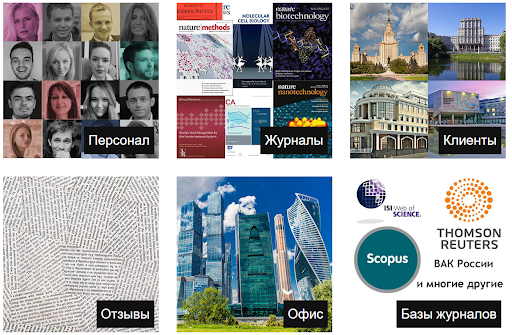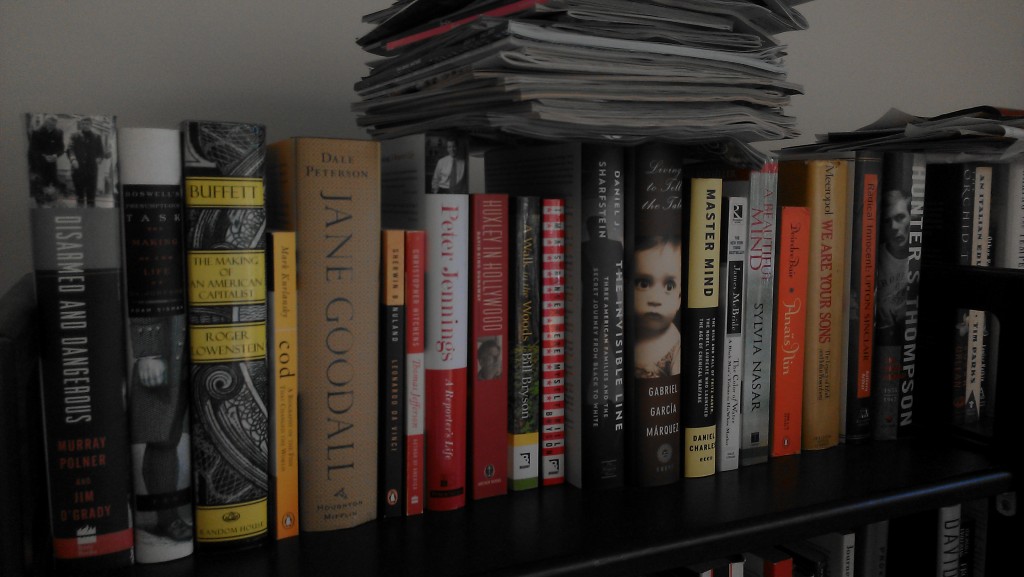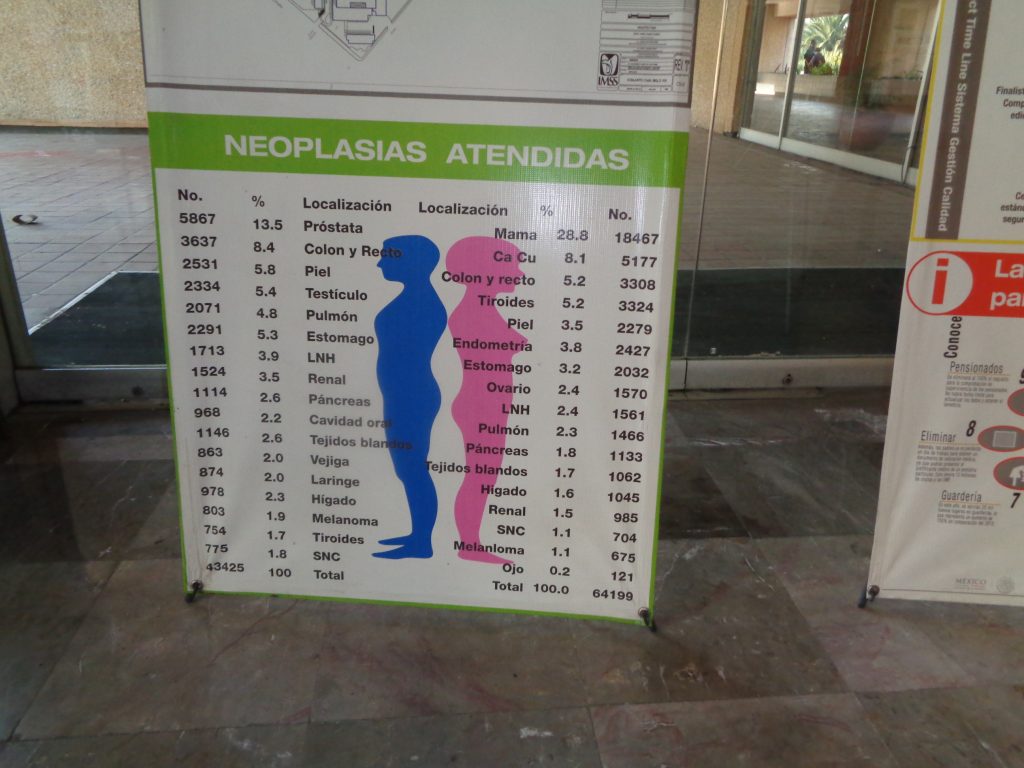Want to be a first author on a scholarly paper? A Russian company has you covered — starting at about $500. The company claims to have added the names of more than 10,000 researchers to more than 2,000 published articles in scholarly journals over the past three years. Think eBay — or perhaps StubHub — for unscrupulous scientists.
Although we can’t verify the numbers, at least one major journal indexer, from whom we recently learned of the scheme, is concerned enough about the site that it has demanded that it stop doing business.
According to the Russian outfit’s site (through Google Translate):
Continue reading Exclusive: Russian site says it has brokered authorships for more than 10,000 researchers







